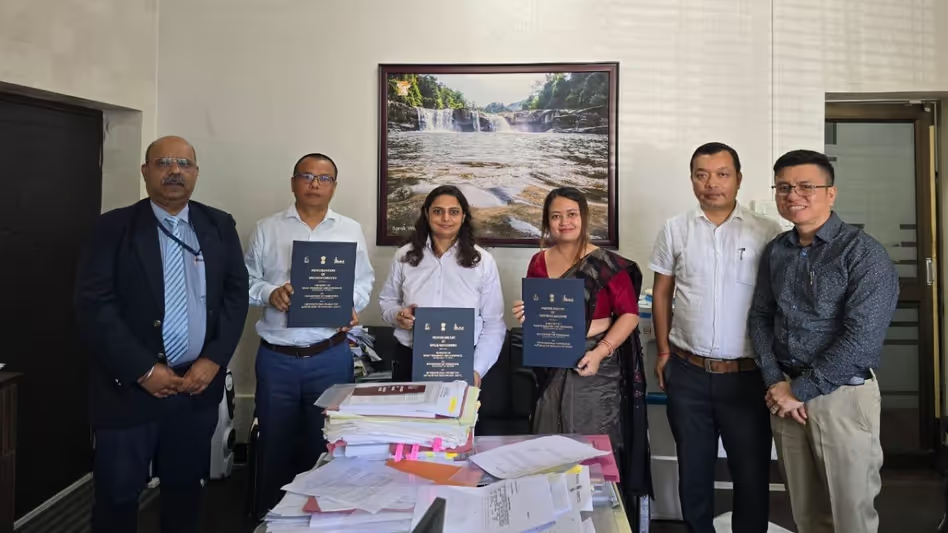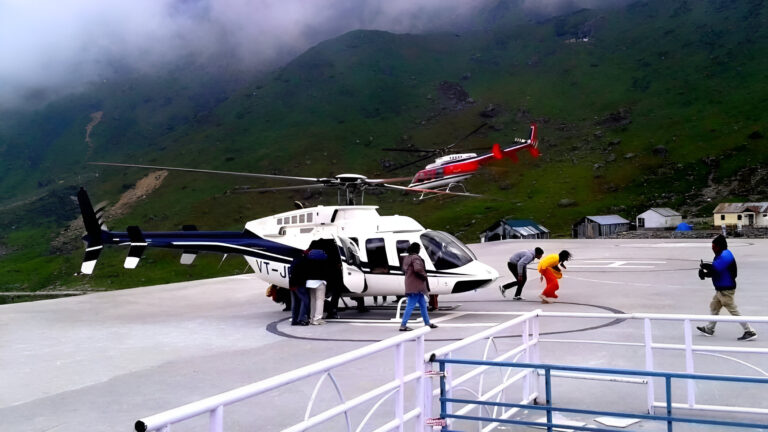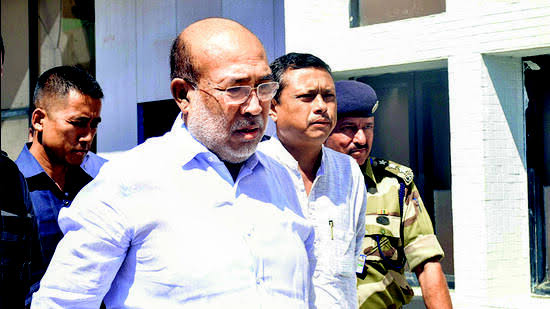Stepping Up Road Safety: Manipur’s ₹14.25 Crore Inspection & Certification Centre
Summary of the News
The Government of India has approved the establishment of a state-of-the-art Inspection & Certification Centre in Manipur, with an investment of approximately ₹14.25 crore. The facility will focus on road safety, aiming to ensure that commercial vehicles comply with fitness and emissions standards. This move aligns with the Ministry of Road Transport & Highways (MoRTH) initiative to roll out automated inspection centres across India, enhancing vehicle regulation, reducing road accidents, and promoting cleaner emissions—especially in North-East states like Manipur.
1. Why This Centre Matters
Let’s kick off with a simple question: Why does a ₹14.25 crore investment in vehicle inspection make front-page news? Because it’s not just another government project—it’s a game-changer. Picture your regular commercial vehicle rolling in for an inspection that’s fast, automated, and reliable. No more waiting in line or shady approvals. Think of it as a health check-up for vehicles—precise, trustworthy, and standardized. In a place like Manipur, where roads are lifelines, this centre promises safer journeys and fewer accidents. It’s not just bureaucracy—it’s a safety upgrade you’ll feel behind the wheel.
2. Meet the MoRTH Plan
The Ministry of Road Transport & Highways has been rolling out this concept across India—an Automated Inspection & Certification (I&C) centre in each state. These focal points aim to:
- Ensure vehicles meet safety and emission norms
- Standardize inspections through automation
- Combat corruption and improve compliance
- Reduce accidents and pollution
In the current budget, MoRTH allocated ₹595 crore for road safety initiatives, including automated centres, scrapping facilities, and training . Following states like Maharashtra, Delhi, and Karnataka, Manipur now joins the list with a ₹14.25 crore centre.
3. Manipur’s Road Safety Reality
Why focus on Manipur? Consider these realities:
- Fragile infrastructure: Winding roads, steep terrain, limited repair facilities
- Increasing vehicle numbers, especially commercial ones
- High accident vulnerability: Data shows 35–40% of highway fatalities in India involved two-wheelers—but the north-east’s hilly terrain adds an extra layer of risk
- Weak enforcement: Remote checkpoints struggle to catch violators; vehicle fitness is often patched and unchecked
This centre isn’t a luxury—it’s a necessity.
FAQs
1. Who will use the new inspection centre in Manipur?
Primarily commercial vehicles—goods carriers, passenger buses, and public transport. There may later be plans to include private vehicles.
2. How long will each vehicle take to get certified?
Expect around 30–45 minutes per vehicle—faster than check-lists, slower than dodging unofficial approvals.
3. What happens if a vehicle fails the test?
Owners can get repairs done and retest. Failing to comply post-certification can result in fines or vehicle impoundment.
4. Will this reduce air pollution in Manipur?
Yes—faulty emissions account for a large part of urban smog. Stricter tests should clean the air over time.
5. How serious is India’s target to reduce road fatalities by 2030?
Very. India ranks high globally in accident deaths. MoRTH aims to halve fatalities, and such centres are essential steps toward that benchmark.




